May 5th, 2018 by
 Jacob Tuwiner
Jacob Tuwiner

Buying cryptocurrency can be confusing, especially if you want to buy an altcoin which cannot be bought with traditional fiat currency.
NEO, also known as Chinese Ethereum, has become pretty popular recently as NEO and OnChain are forming more and more partnerships. It’s easy to see why you want to buy some!
What’s not so easy, though, is actually buying NEO for the first time. Luckily, we’ve got your back.
If you want to buy NEO coins, this is the guide for you. Regardless of your prior experience buying, selling, or trading cryptocurrency, you’ll learn everything you need to know to buy NEO quickly and easily in 2018.
How to Buy NEO with USD
You cannot directly purchase NEO with USD. In order to buy, you must first purchase another cryptocurrency with USD, then trade it for NEO.
Before Buying NEO: Purchase Bitcoin or Ethereum
Before buying NEO, you have to buy Bitcoin or Ethereum first. To learn how to buy Bitcoin, follow our guide.
Step 1: Send to an Exchange
After buying Bitcoin, you need to send it to an exchange that trades NEO. In this guide, we will be using Binance.
After signing into Binance, look in the upper-right corner, hover over the Funds tab, then select Balances.
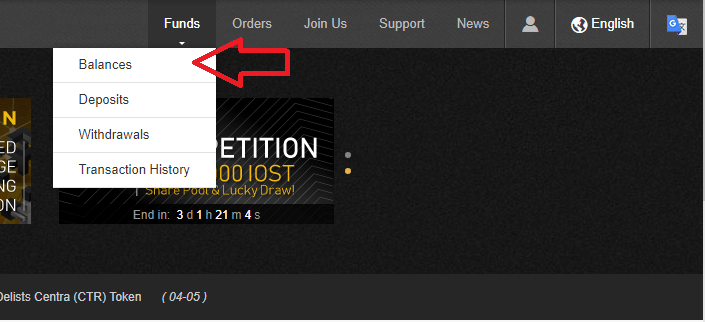
Scroll down to Bitcoin, then click deposit.

Copy your Bitcoin deposit address. Be sure to use your own address, and not the one shown in the picture.
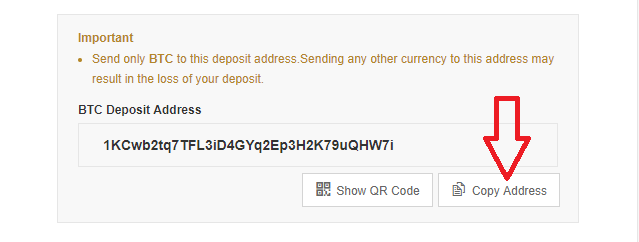
Sign into Coinbase, then select the accounts tab.
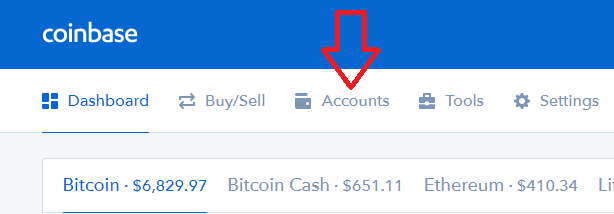
Under your Bitcoin wallet, select the send button.
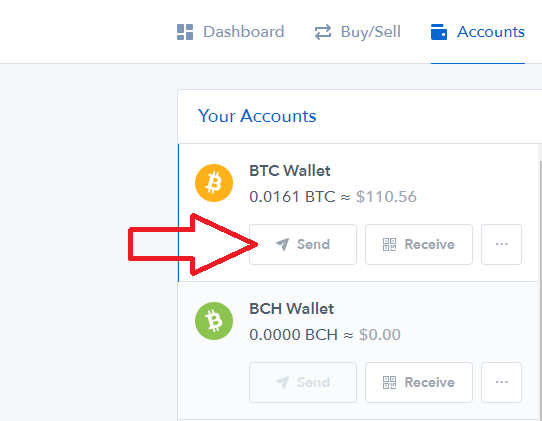
Paste your Binance wallet address in the recipient box. Enter the amount of Bitcoin in dollars that you would like to send, then click continue.
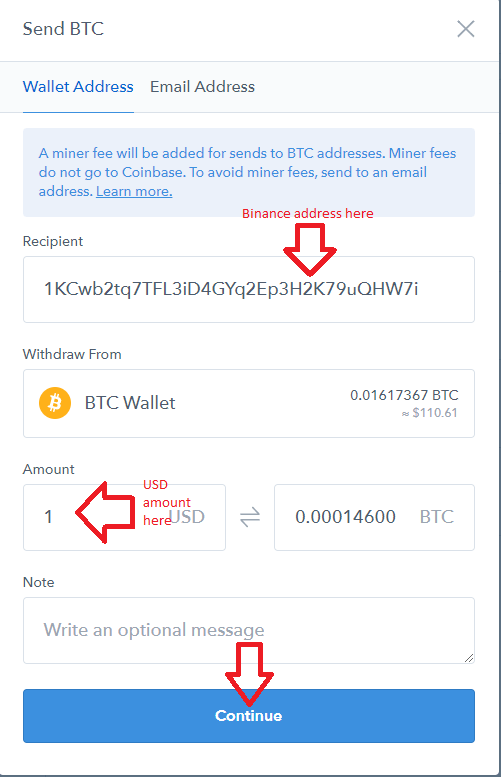
You will then be prompted to confirm your transaction. You will also be shown the miner fee for your transaction. This fee varies, and does not go to Coinbase, but instead to the miners who verify blocks on Bitcoin’s blockchain. If you have 2-factor authentication enabled, you will also be asked to enter your 6-digit verification code.

After you send your Bitcoin, it may take some time to arrive. Don’t panic immediately if your Bitcoin has left Coinbase but not arrived at Binance. Depending on the Bitcoin network and websites themselves, transfers may take some time to process.
Step 2: Buy NEO
After your Bitcoin transfers to Binance, then you can purchase your NEO.
Back on the Balances tab, search for NEO and click Trade. In the dropdown menu, select NEO/BTC.

In the middle of the screen, select the Market tab. In this tutorial, we will be buying NEO with a market order. There are other types of orders, but market orders are the easiest to use.

Enter the amount of NEO you would like to buy. The price you pay per NEO will be shown at the top right in dollars and in Bitcoin. After entering the amount you would like to buy, click Buy NEO. Binance will take a .1% fee from your transaction.

After buying, you should be able to view your NEO in the balances tab.
Step 3: Safely Store Your NEO!
If you’re looking to store your NEO for the long-term, I highly recommend investing in a hardware wallet. They’re the most secure form of storage, end of story.
If you keep your NEO on the exchange wallet, they have control of your private key, not you. Since exchanges like Binance are centralized, your private key is subject to being stolen by cybercriminals. I’m sure you’ve heard of exchanges losing millions of dollars to hackers – don’t be their next victim.
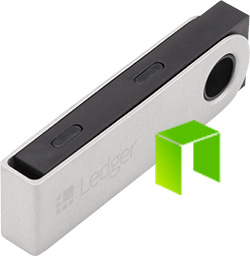
NEO is supported by the Ledger Nano S, one of the most popular hardware wallets on the market. Ledger is a reputable company selling a fantastic product. It is a superb cold storage wallet that makes it impossible for someone to steal your tokens. They’re also backed up by a 24 word recovery phrase in case you lose the Nano S.
Ledger added support for the NEO wallet in the last quarter of 2017. It works well with the NEON wallet, so you can claim your GAS using the Ledger Nano S + NEON combination.
For more information on cryptocurrency wallets, you can check out our guide.
Introduction to NEO
NEO wants to reinvent the way business is conducted by creating a smart economy with deployable Smart Contracts. NEO, otherwise known as “Chinese Ethereum”, is quite popular in China (hence the nickname). Unlike ERC-20 tokens that run on the Ethereum blockchain, NEO was built from scratch with its own blockchain network.
The coin has a strong emphasis on digital identity to digitize assets.
NEO hopes to create a smart economy in which assets are digitized and managed autonomously. “Digitized assets” are programmable and exist on the ledger. Users can register their assets and trade them with others, in an entirely decentralized and trustless manner.

Better still, all digitized assets have a digital identity, which provides proof of ownership. Nobody can tamper with digital identities because the blockchain is immutable.
Trade agreements are written as Smart Contracts, and are executed automatically when certain criteria are met. Evidently, NEO has a wide variety of use cases. Business tranactions will become automated, and the need for a third-party to facilitate exchanges will be no more.

NEO, unlike privacy coins such as Monero, is focused on digital identities. Some crypto enthusiasts dislike NEO for its lack of privacy, but it is absolutely necessary for NEO’s success – businesses must be able to track spending, not only for tax purposes, but for marketing purposes as well.
NEO’s developers want it to be adopted by mainstream business and governments alike, which is why they’ve implemented digital identities as one of NEO’s key principles.
NEO’s Smart Contracts
Similar to Ethereum, NEO is a decentralized platform for the construction of Smart Contracts and DApps (Decentralized Applications). NEO already has a multitude of decentralized applications that have been developed for their blockchain.
Ethereum uses a unique code known as “Serenity” that all programmers must use if they want to create a Smart Contract, which requires them to learn an entirely new coding language.
Conversely, NEO supports largely popular languages such as .NET, Java, and C# – they plan to have support for GO and Python in the future as well. NEO is far more flexible for developers than Ethereum, which is why more and more are turning to the Chinese alternative.
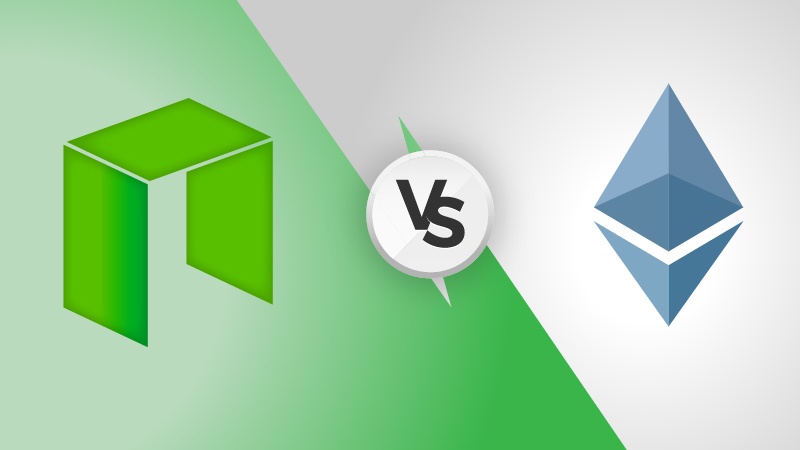
NEO’s consensus protocol is also unique from Ethereum’s. It’s called Delegated Byzantine Fault Tolerance – members of the community vote for others to represent them, sort of like the US’ democratic government system. The delegates with the majority of votes are elected to validate the network.
Delegates in the ecosystem are known as Consensus Nodes – they are in charge of validating blocks. When the time comes to validate a block, one Consensus Node is randomly selected to broadcast their block to the network.
Then, other Consensus Nodes compare their data with the broadcasting Consensus Node. If there is a 66% agreeance, the block is validated. Otherwise, another node is randomly selected and the process repeats itself until consensus is reached.
Should you Buy NEO?
Before you spend your hard earned money, you probably want to know if you’re making a good decision.
Crypto assets are incredibily volatile, and many investors blindly fall victim to scams.
Now we’re going to take a look at NEO’s development team, community, partnerships, and more to help you make a more educated decision with your money.
The Team
It is crucial that you consider a project’s development team before you invest in their product, as they are the driving force behind the project’s success.
Luckily, NEO is being developed by a dedicated group of talented individuals. They are well respected by the cryptocurrency community, especially in China.

Hongfei is largely responsible for preserving the cryptocurrency space in China during their government crackdown on ICO scams. He is in communication with Chinese government officials and has worked with them in the past. Zhang is one of NEO’s core developers.
Partnerships
OnChain is definitely one of NEO’s biggest partnerships. In fact, their relationship is fundamental for the token’s success.
Hongfei is the CEO of OnChain, and Zhang is the company’s CTO. NEO and OnChain are not the same entity, but they operate with fluidity. OnChain is partnered with notable figures in the tech industry, including Microsoft China. They’ve also worked with the Japanese Ministry of Economy and Alibaba.
OnChain developed Decentralized Network Architecture (DNA), which works with big Chinese corporations, in addition to the Chinese government, to create public and private blockchains for a variety of use cases.
Here’s the catch:
When businesses decide to work with OnChain and DNA to create their own blockchain, it is built atop NEO’s decentralized network via Smart Contracts. You can think of OnChain as NEO’s connection to big business, and NEO as OnChain’s infrastructure.
Community
The size and quality of a project’s community is also important to note.
NEO has a large community – in fact, they have a team of community developers that work on NEO’s source code purely because they believe in the project. The developers are known as City of Zion.
NEO’s following on Reddit is also significant, with more than 91,000 readers. Additionally, they have an active blog and Telegram channel.
Conclusion
NEO is a popular altcoin, sitting comfortably in the top 10 cryptocurrencies by market cap. The platform is incredibly useful, and the Chinese government is looking to adopt NEO for use in tracking assets.
The emphasis on digital identity is crucial for NEO’s success, as it renders NEO incredibly useful for businesses and governments. The project is lead by talented individuals, and backed by a strong community. The future of NEO looks bright!
NOTE: We are not financial advisors and none of this information should be taken as investment advice. We take no responsibility for any losses incurred through cryptocurrency trading.
